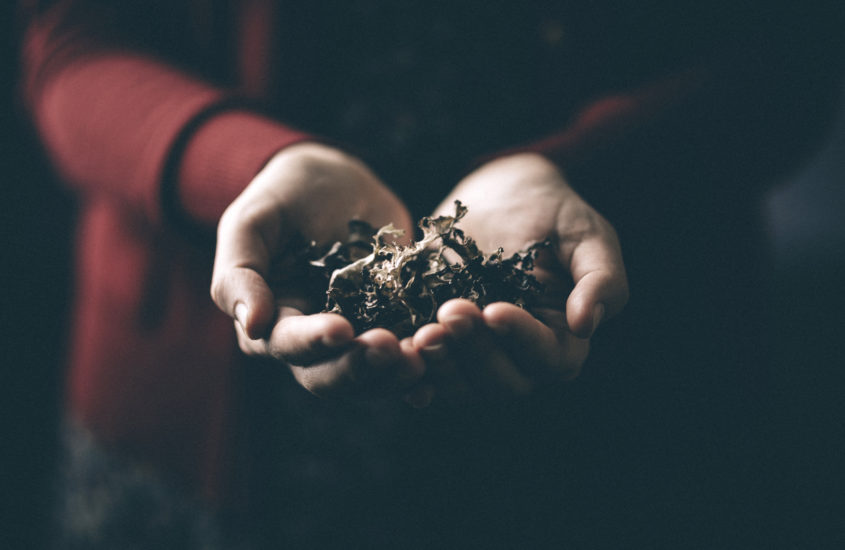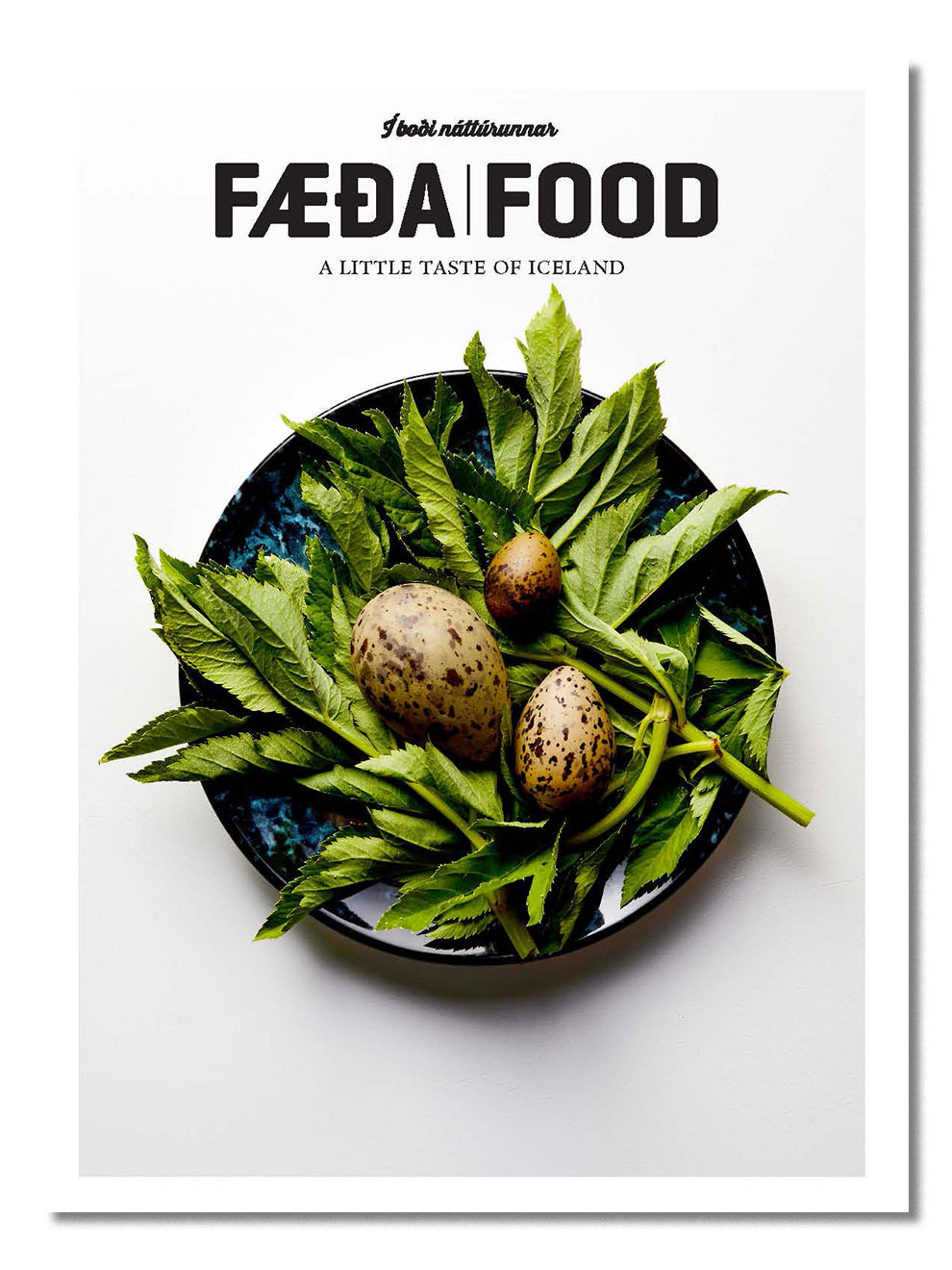
Superfood of the North
Text DAGNÝ BERGLIND GÍSLADÓTTIR Photos ADAM BIERNAT
It is in challenging soil conditions, where the wind is relentless and the rain unabating,
that one of the most resilient members of the plant kingdom thrives. Iceland Moss,
despite the harsh Icelandic weather, grows in abundance in Iceland and has been
used by Icelanders since the Age of Settlement.
Contrary to its name, Iceland Moss is a lichen – a symbiotic organism combined of algae and fungus. The fungus provides the lichen with water and minerals while the algae provide biological matter via photosynthesis. Its name in English “Iceland Moss” is somewhat misleading, but it was adopted long before the age of classification when all low growing plants were referred to as moss.
Iceland Moss grows far and wide in the Icelandic highlands and is common in most parts of the country, on mountains and heaths, and in some lowland areas, too. It can also be found growing in regions such as Greenland, throughout Scandinavia and Scotland.
The appearance of Iceland Moss is immensely diverse which shows just how adaptable it is. It can appear in a variety of colours from dark brown or almost black to lighter shades of brown or green. Their structure varies too, sometimes it grows thin and narrow but can also be found with much broader leaf-like lobes. The best time to harvest Iceland Moss is when the earth is moist, this softens it significantly and makes it easier to both collect it and separate it from other vegetation.
It’s important to watch your step when gathering Iceland Moss and essential not to overharvest it or collect from the same areas year after year. It’s best to leave some areas untouched and avoid unnecessary trampling while harvesting is in progress; Iceland Moss is exceptionally fragile when dry.
NEW AND USED
Many Icelanders have long forgotten the magic of this hardy resident. Knowledge of its uses, especially its medicinal properties has dwindled, likely due to the development of medicine. By the 1980s the product was almost entirely sold abroad, unprocessed, which is a shame given we’ve been using Iceland Moss since the start of the settlement. The first mention of Iceland Moss was discovered in Jónsbók (Book of Laws) in the year 1281, where it states that it was forbidden to trespass on private farmland to harvest it.
Farmlands, where this lichen thrived, were seen as advantageous and it certainly increased their value. In the 18th & 19th centuries, it was popular for those with lichen-rich land to send out foraging parties before the winter. Groups would travel up to the highlands on horseback equipt with tents and leather bags for their yeild. Harvesting would take place during the bright summer nights while the ground was still wet with dew. The lichen would be dried out in the sun during the daytime while everyone rested and then work would begin again in the evenings. The final harvest would then be taken home to be thoroughly cleaned, dried and used for making nutritious meals.
Throughout the ages, this isolated nation has consistently experimented with Iceland Moss and tried out many different ways to prepare it. Because of its high starch content is was used as a substitute, especially during hard times, to bulk out flour for bread making. It’s been used in black puddings, porridge and boiled in milk to make a traditional soup. If times were especially hard, it was boiled and made into a sort of edible jelly. Thanks to its composition of mucilage, which expands in water, it was the go-to food when there was nothing else to seat since it filled up the belly and stopped you from feeling hungry. Other uses included making red and yellow textile dyes and healthy broths.
MEDICINAL FOOD
But what are the health benefits? Iceland Moss has been used as a remedy for coughs and colds for years. A traditional syrup, made from Icelandic Moss extract and sugar, was available in villages from the beginning of the last century and because of its ability to treat both respiratory ailments and digestive problems the ingredients are still used in modern medicines. It also contains bitters that stimulate the production of saliva and gastric juices, and it strengthens the stomach as well. Although boiling it reduces the effects.
This wonder lichen has been used since 1666 to treat both respiratory and digestive ailments, and despite new remedies on the market it is still used in many countries. In Denmark, in 1672 it was added to a list of medications and remained there for some time. Now it’s mainly recommended by medicinal herbologists as a natural remedy for bladder, kidney and lung conditions and in skin-creams to heal wounds.
Although there are not many harvesting this superfood in Iceland today, the company Íslensk Fjallagrös produce a range of health supplements and alcoholic beverages from Iceland Moss. But there’s potential for so much more. An increased interested in the power of this lichen would quickly bring it back into the spotlight. Scientists are gradually acknowledging what our ancestors instinctively knew about the health benefits, with new research even suggesting that Iceland Moss strengthens the immune system and could also inhibit the AIDS virus.


